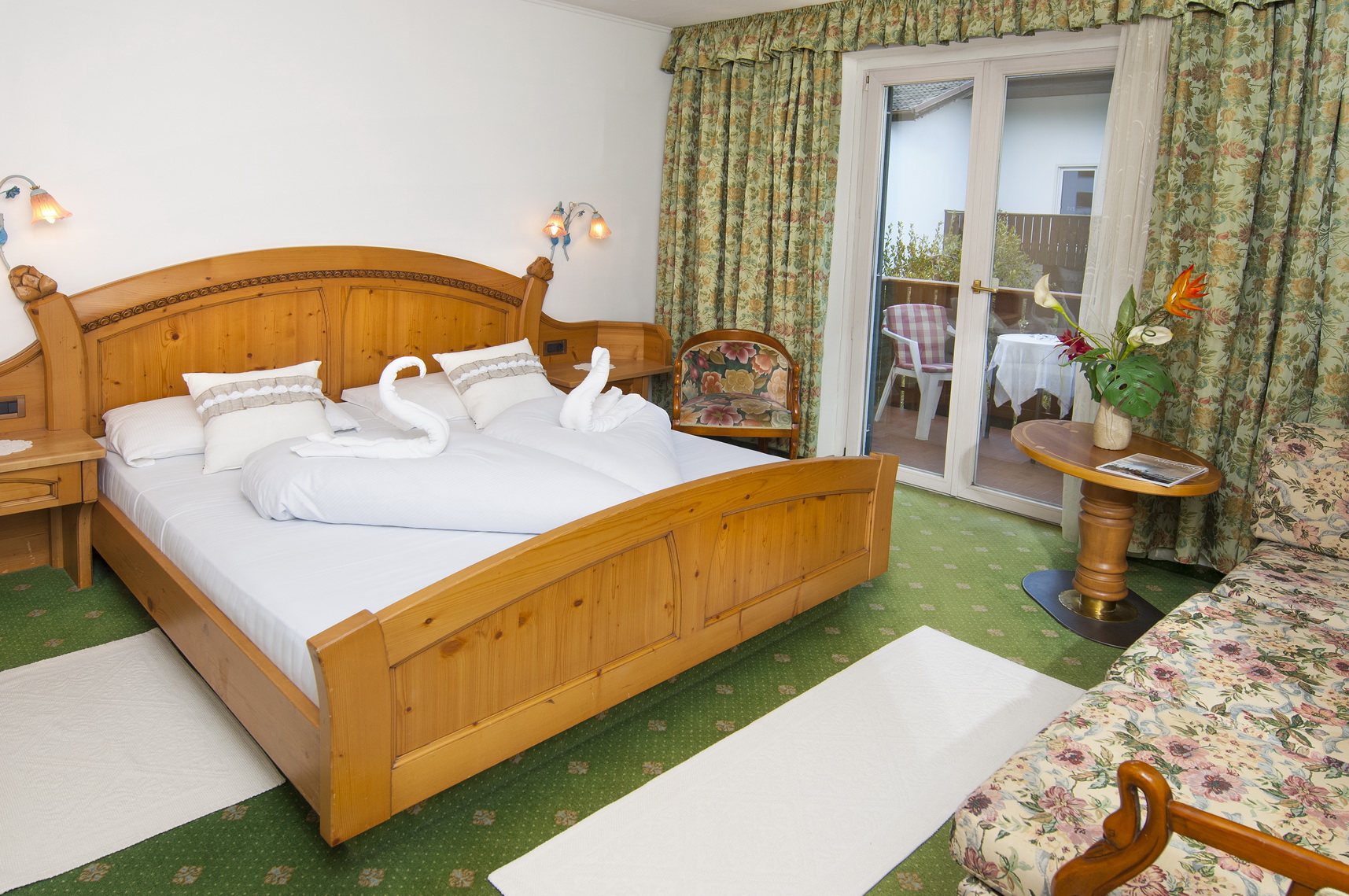Intelligent Persons Guide To Dating And Mating By Albert Ellis Phd
“Women,” says La Reynière, “who sometimes assist at the séances, have no deliberative voice—one can readily understand the reason.” With a palate vitiated by sweets, her discernment must prove unreliable, and there would always be the danger of her prejudicing a susceptible member through her allurements and coquetries. These desirable qualifications belong preëminently to the French, as brewing belongs to the Germans, weaving to the Orientals, sculpture to the Italians, and mechanical invention to the Americans. The same facilities present themselves in many countries—it has remained for France to perfect them and create a literature on the subject distinctively its own. The Frenchman may keep on his hat during the entr’actes of a play and be forever wrangling with his mode of government, but he has taught the world how to dine.
Intelligent Woman’s Guide to Dating and Mating Hardcover – June 1, 1960
In viewing the portrait of Savarin, we see before us a man of imposing presence, full-faced and florid, large, massive, robust, with bright eyes, rounded chin, and sensuous mouth. The high, broad forehead and protuberances above the eyebrows denote the reasoning and imaginative mind, while the full nostrils and lips point to a highly developed physical organism—to one who might be a lawyer, physician, banker, or diplomat, but whose features in any event proclaim the genial companion, the ready raconteur, and one upon whom the pleasures of the senses exercise an important influence. It was this nice adjustment of the mental and physical, this happy balance of mind and being, that combined to produce a work which may justly be classed among the most original of the nineteenth century. The story of the madeleine suggests that of the Vienna roll, which, it is said, owes its origin to the investment of Vienna by the Turks. During the protracted siege of the city, when the town had become almost reduced to starvation and the position of the enemy was unknown, a baker was making his last batch of bread.
Its etymology has been attributed to Mahon, a town of southern France. Yet this supposed derivation is extremely dubious; and as it was also known as “bayonnaise,” it might be ascribed equally to Bayonne, famous for its hams, its cheese, and its chocolate, and for having invented the bayonet. “The spirit of each dish and zest of all Is what ingenious cooks the fairytrail Relish call; For though the market sends in loads of food, They all are tasteless till that makes them good.” Still another guest objected to the charges on his bill, comparing it with an identical breakfast of a few days previous which amounted to eighteen and a half francs, whereas the breakfast in question was charged twenty-one francs, eighty centimes.
Country of origin
The system continues to function because it contains so many redundancies and because people can make it function, despite the presence of many flaws. After accident reviews nearly always note that the system has a history of prior “proto-accidents” that nearly generated catastrophe. Arguments that these degraded conditions should have been recognized before the overt accident are usually predicated on naïve notions of system performance. System operations are dynamic, with components failing and being replaced continuously.
To Cambacérès he refers at length, disputing his claim to a distinguished place among epicures. The cuisine of the arch-chancellor, he states decisively, never merited its great reputation. Grand’Manche, an excellent practitioner, but was due solely to the excessive parsimony of his employer, who at each service was in the habit of noting the entrées that were untouched or scarcely touched, and of forming his carte for the morrow with their remains. Thus the conditions noted by Carême find a parallel in the artist endowed with a vivid imagination, but possessed of only mediocre technique; or a painter whose feeling may be admirable, but whose execution is deficient. The four gai—how it suggests a landscape of Cuyp steeped in the splendours of the setting sun—to say nothing of a nicely gilded omelette or a soufflé of apricots! To glacer à la flamme, as Carême expressed it, calls for a four d’enfer, and one has in mind a crême gelée d’Alaska, with the fire managed by a Mephistopheles.
From an anecdote related by the Franciscan Jean Paulli de Thann, it would appear that the olden monks had learned from the Scriptures a particular method of carving fowls when they partook of them in secular company. A gentleman had invited his confessor, who was a monk, to dine in company with his wife, his two sons, and two daughters. There was a fine capon for the roast, which the host requested the guest to carve. “If through any mischance this repast is not an excellent one, I will deduct one hundred pistoles from the wages of Maret and Rouquelère. Begin, and doubt no more. Richelieu.”
In no religious sect does fine champagne or any other form of cognac figure, as a general rule, though the use of vinous beverages is less denounced at present than formerly. The most genial hosts and guests among Protestant divines are unquestionably the Episcopalians. But if claret and alcoholic beverages are the exception on the tables of many denominations, the pastor does not lack for substantial aliments when entertained by his parishioners, who here, as in England, fairly dispute for his possession.
World Flags Map Gold Coin Love Translations Black Lives Matter Peace Anti Racism
In the latter case a macédoine of freshly cooked vegetables composed of beets, potatoes, turnips, carrots, parsnips, Lima beans, cauliflower, celery-turnip, etc., might be excellent, whereas it would hardly prove appropriate with roast game at the dinner. After all,—to revert to formulas,—the best recipe for a salad, perhaps, is the oft-quoted Spanish proverb which calls for a quartet to compose it—a spendthrift for oil, a miser for vinegar, a counsellor for salt, and a madman for mixing. In the variant it will be seen that the portions of potato and anchovy were increased and the relative quantities of oil and vinegar were amended. The statement that the canned truffle is but a shade of its original will bear modifying in certain instances where only the best species have been utilised, after scrupulous selection, before they are wormy or overripe, and where they have been preserved by the “Appert process,” au naturel, without oil, brandy, or vinegar, in hermetically sealed cans, and used before they have been thus preserved for a long period. Under these conditions the species melanosporum and magnatum retain no little of their pristine virtues, and may still glorify a sauce or dignify a Châteaubriand.
No wonder that, with such delightful privileges, the days of our roistering greater-grandfathers were referred to as “the good old colony times.” It were misleading, however, to decry the old-fashioned American home kitchen. Smile as ye may, ye devotees of the Gallic art, the New World has its dishes that are not to be despised.
The major boorus include tags corresponding to the question, and one can simply check the counts of images. Images represent a combination of popularity of an artist (for their images to be uploaded & annotated), popularity of characters , and also popularity of a particular tag . In the anime Azumanga Daioh, a key bit of characterization for schoolgirl Chiyo Mihama comes when her friends visit her house and are awestruck that it is enormous, has ample yardage & greenery.
Happily, the long and heavy dinners of former days have given place to repasts of a far more simple nature, as the heavy wines of Oporto and the South and the highly saccharine products of the vine have been replaced by lighter and more wholesome kinds. It is possible now to dine well and generously and escape a headache or an indigestion the following morning. While no doubt the author understood the theory of the cuisine, we have no reason to suppose that, like Dumas, he was a thoroughly practical cook, or took pleasure in surprising his friends with some appetising dish of his own preparation.
The flesh of the cantharide-fed bird is always extremely heating in its effects; and, indeed, owing to the absorption of cantharidin, the active principle of the insect, it not unfrequently acts as a violent irritant and poison. Yet the papabotte is eagerly sought for, and by the epicure his flesh is more highly esteemed than that of the woodcock, snipe, or sora. There is much reason to suppose that not a few treatises on cookery and on wines have appeared whose authors were dignitaries of the church, or at least connected with clericalism, but whose rôle forbade them attaching their names to works of this nature. The volume was dedicated to Cardinal Ippolito Aldobrandino, and is addressed chiefly to the clergy, whose good taste in the matter of good cheer and luxury in entertaining are minutely set forth.
The snipe that bores in sweet, moist pastures, and the woodcock shot on high grounds during late autumn, would hardly be recognised as the same birds bagged under widely dissimilar conditions. The bobolink of our summer fields is scarcely prized until as a migrant he has fattened on the rice-fields of the South, to acquire an added bloom under the name of reed-bird or rice-bunting. Similarly, the sheep of Pré-Salé, the succulent salt-marsh mutton of the Brittany coasts, renowned for its delicious flavour, owe this quality largely to the herb absinthe which grows amid the herbage on which they browse. The mutton of sheep fed on pastures where thyme abounds also acquires a particularly fine savour. In like manner, when the ruffed grouse through stress of weather has been compelled to feed on birch-buds, or when he has dined on the berries and foliage of the wintergreen, his aroma is strikingly accentuated, becoming a veritable “steam of rich-distilled perfumes.”
Given appropriate care in performing the test akin to those used in testing claims of psi , a positive result would offer striking evidence in support of time travel. As absurdly high as their salaries may become, the cost of living drains it away, and many wind up better off after moving away, because the steep salary cuts are outpaced by even steeper cost of living. Considering that labor is one of the single largest costs for big tech companies, the cumulative dysfunctionality here over the past decades must amount to hundreds of billions of dollars essentially flushed down the drain. Why don’t they fix it, or, if political realities render that impossible, leave? The usual answer is agglomeration efficiencies (‘all the good programmers are already in X, we can’t leave!’), but they can coordinate a move, or simply follow a leader who makes a big commitment to a better location. Steve Jobs and other tech CEOs were able to coordinate an extremely illegal wage-fixing cartel when they wanted to cut costs, after all, so a legal HQ or office move (or simply freezing net labor growth in the Bay Area & grandfathering in those offices) shouldn’t be that hard, and the advantages only increase with time.

















